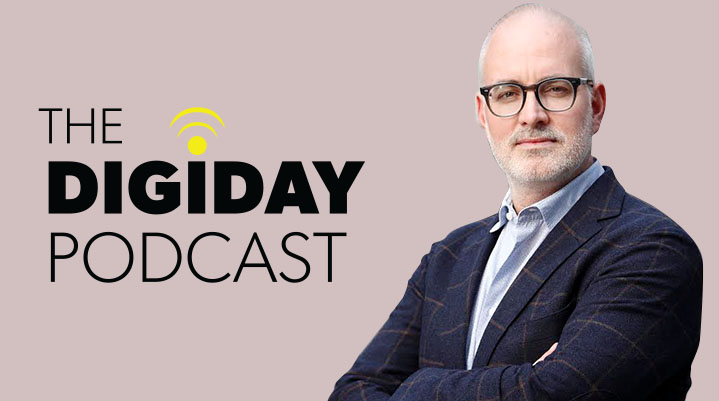
Hearst Magazines has some of the most storied brands in the magazine business, from Cosmopolitan to Esquire. Right now, video is a sidelight, accounting for about 10-15 percent of its content. But in a few years time, video should be half of output, said Troy Young, global president for digital at Hearst Magazines.
“The challenge for video is there’s not a clear monetization flywheel,” Young said in this week’s episode of the Digiday Podcast. “In the content business, you get paid for it and you make more content. In the digital video business, there is not a monetization model that is a clear provider of income versus video resources.”
“The whole industry is in search of something that will replace cable as a way to monetize video,” he added.
Below are highlights, edited for clarity, of the conversation.
Ad position: web_incontent_pos1
Separating digital and magazine teams is critical
“The mode of content creation in the traditional world is very different from digital. How we think of a personal relationship with an audience, the tone of the editorial, the way we think about the edit process, the way we think about young editorial content — everything was different. That separation, by aligning all our resources around a digital objective, was really useful in accelerating the growth of our business.”
Change in legacy media requires a ‘multi-stakeholder culture’
“The legacy of technology innovation within these traditional media companies is not deep. Building that competency in the organization and broadening what has been the historical bifurcation of these organizations between product and edit to include a larger group of stakeholders, like technology, product and audience in addition to content and video to create a multi-stakeholder culture was really important.”
Centralized news desks need balance with brand differentiation
“To me, it’s how are we fast and relevant. The second dimension is how are we loyal to the idea of our brands. The brand is an organizing principle for a group of people who are loyal to us. It’s really important that an editor is not obliged to take that content but really thinks through how that content fits into their overall strategy. But being relevant and first on certain things is really important. So how do you organize yourself efficiently to do that? “
Ad position: web_incontent_pos2
Content creators are getting more power
“We’re in a period of distribution strength, but we’re watching it shift. The communication tech and products that drive these horizontal social networking applications are commoditizing, and content never gets commoditized. Snapchat disrupted the system because they said they want to have a great media product and want to work closely with brands to create a great media product, with a better ad product and curated. It’s not algorithmically driven in a feed. My take is content always gets half.“
More in Future of TV

CMO Strategies: Advertisers identify the top attributes on ad-supported streaming platforms
This is the third installment in Digiday’s multi-part series covering the top ad-supported streaming services and part of Digiday’s CMO Strategies series. In this report, we examine which ad attributes matter the most to marketers on streaming platforms.

Future of TV Briefing: Top takeaways from ‘The Future of TV’ video series
This week’s Future of TV Briefing recaps what was discussed during this year’s “The Future of TV” video series.

CMO Strategies: After YouTube, advertisers choose Prime Video and Hulu for streaming ads
This is the second installment in Digiday’s multi-part series covering the top ad-supported streaming services and part of Digiday’s CMO Strategies series. In this report we examine which platforms receive the bulk of marketers ad budgets and ad placements and which platforms match up to different advertiser needs.
Ad position: web_bfu